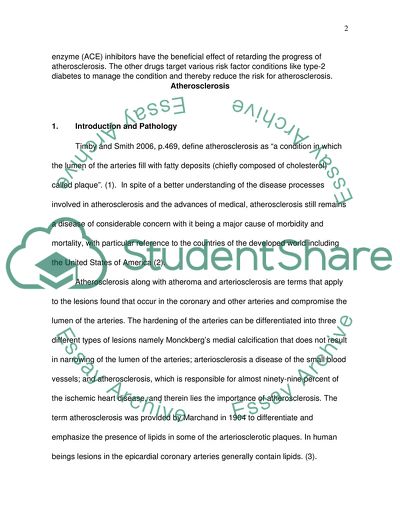Cite this document
(Atherosclerosis Research Paper Example | Topics and Well Written Essays - 3000 words, n.d.)
Atherosclerosis Research Paper Example | Topics and Well Written Essays - 3000 words. https://studentshare.org/health-sciences-medicine/1554035-atherosclerosis
Atherosclerosis Research Paper Example | Topics and Well Written Essays - 3000 words. https://studentshare.org/health-sciences-medicine/1554035-atherosclerosis
(Atherosclerosis Research Paper Example | Topics and Well Written Essays - 3000 Words)
Atherosclerosis Research Paper Example | Topics and Well Written Essays - 3000 Words. https://studentshare.org/health-sciences-medicine/1554035-atherosclerosis.
Atherosclerosis Research Paper Example | Topics and Well Written Essays - 3000 Words. https://studentshare.org/health-sciences-medicine/1554035-atherosclerosis.
“Atherosclerosis Research Paper Example | Topics and Well Written Essays - 3000 Words”. https://studentshare.org/health-sciences-medicine/1554035-atherosclerosis.


